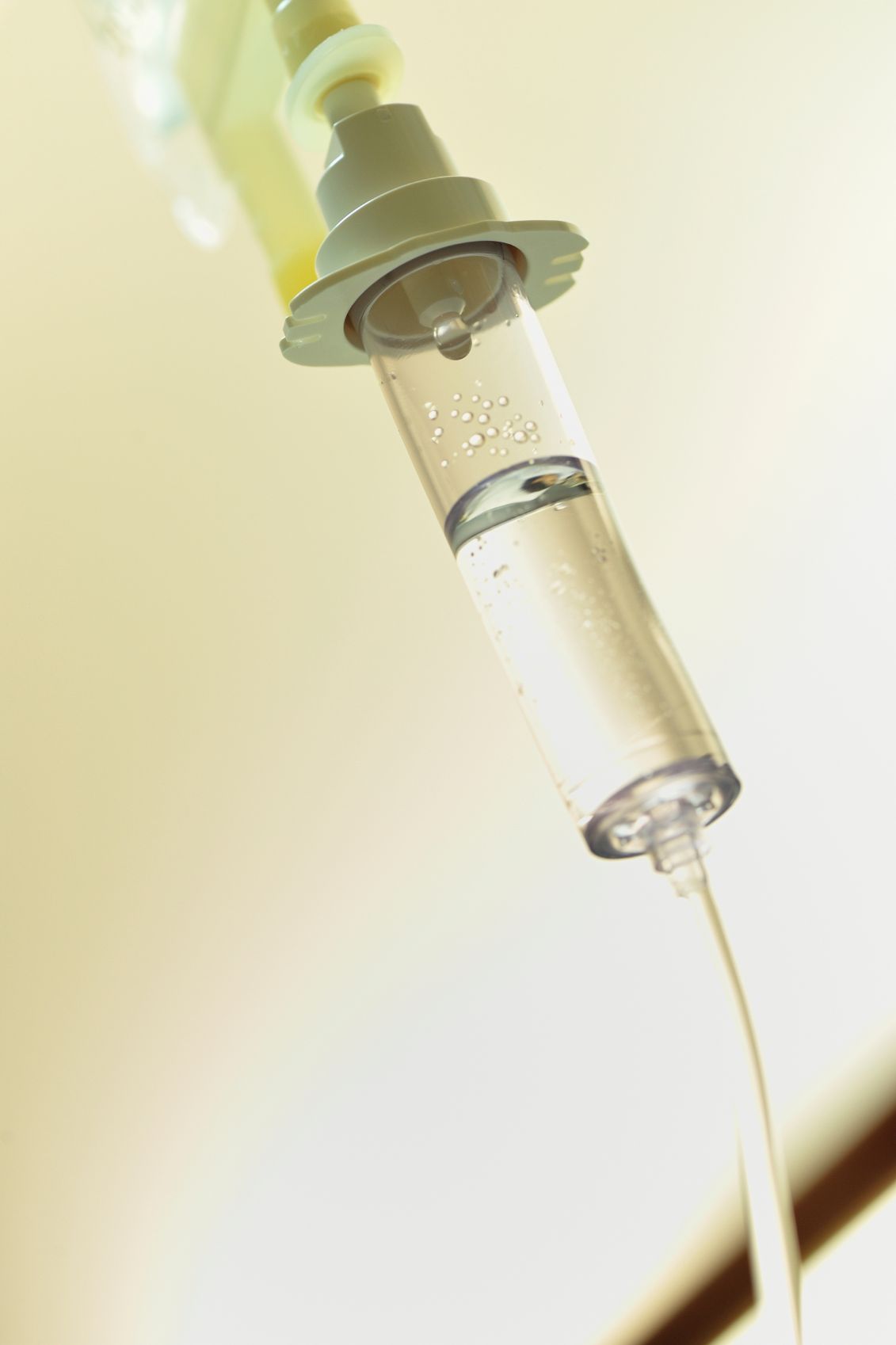FDA to Review Uridine Triacetate as Antidote to Serious 5-FU Toxicity
The FDA will review a new drug application for the oral agent uridine triacetate as a treatment for patients at risk of serious toxicity following an overdose of 5-fluorouracil (5-FU) or are exhibiting symptoms of serious toxicity within 96 hours of 5-FU administration.
Intravenous

The FDA will review a new drug application for the oral agent uridine triacetate as a treatment for patients at risk of serious toxicity following an overdose of 5-fluorouracil (5-FU) or are exhibiting symptoms of serious toxicity within 96 hours of 5-FU administration. The announcement was made by BTG, which is partnering with the drug’s developer, Wellstat Therapeutics.
PDUFA action is anticipated in March 2016, BTG reported, and if the agent is approved, the company will market and distribute uridine triacetate for this indication in the United States.
In 2009, uridine triacetate received orphan drug designation from the FDA and the European Medicines Agency as an antidote in 5-FU poisoning and overdose. The drug is also currently provided to patients at risk of overdose-related 5-FU toxicity and those who have symptoms of serious toxicity within 96 hours of 5-FU administration, under an expanded access protocol, FDA emergency treatment provisions in the United States, and similar emergency use provisions in effect in Europe and internationally.
Once administered, uridine triacetate is quickly converted to uridine and acts as a direct biochemical antidote to 5-FU toxicity, reducing the cytotoxic incorporation of 5-FU metabolites into the genetic material of noncancerous cells.
Used in combination with other drugs or radiation, 5-FU has been used for decades as a foundation of various chemotherapy treatments for solid tumors, but because 5-FU is administered in different doses and schedules, patients can experience dramatically different patterns of toxicity.
Overexposure to 5-FU can occur as a result of overdose, genetic variations, impaired clearance, or other biochemical factors and can lead to a host of severe complications including severe myelosuppression, gastrointestinal hemorrhage, septic shock, and multiple organ failure.
Published literature and historical data suggest that of 250,000 to 300,000 patients who receive multiple treatments of 5-FU in the United States each year, 0.5% die from toxicity, and between 10% and 20% overdose or develop serious or life-threatening toxicity. Nonfatal toxicities can result in hospitalization, intensive care stays, and delay or discontinuation of chemotherapy.
At the 2010 annual meeting of the American Society of Clinical Oncology (ASCO), Wellstat reported on 37 cases of 5-FU overexposure that were treated with uridine triacetate within 8 to 96 hours. Given the 5-FU dose and rate of administration, a fatal outcome would have been predicted for at least 27 of the patients; however, all patients treated with uridine triacetate recovered from the overexposure. Among the patients receiving uridine triacetate, a few experienced mild nausea, and three of these patients each had one episode of vomiting that may have been associated with uridine triacetate, Wellstadt reported.
“Given how common the use of 5-FU is in patients with solid tumors, the negative health and economic impacts of rapid-onset, severe toxicity and unintentional overexposure are significant,” Carolyn Lewis, BTG’s general manager of Specialty Pharmaceuticals, said in a statement.
“This filing by Wellstat Therapeutics underscores our shared commitment to bringing an important potential treatment to patients in critical need of care. If granted, FDA approval of uridine triacetate will provide patients and physicians greater access to this novel, potentially life-saving therapy.”
Last week, the FDA approved uridine triacetate for patients with hereditary orotic aciduria, an extremely rare genetic condition.



